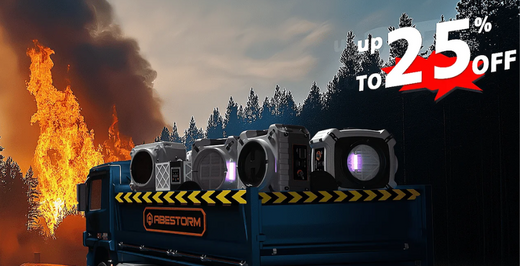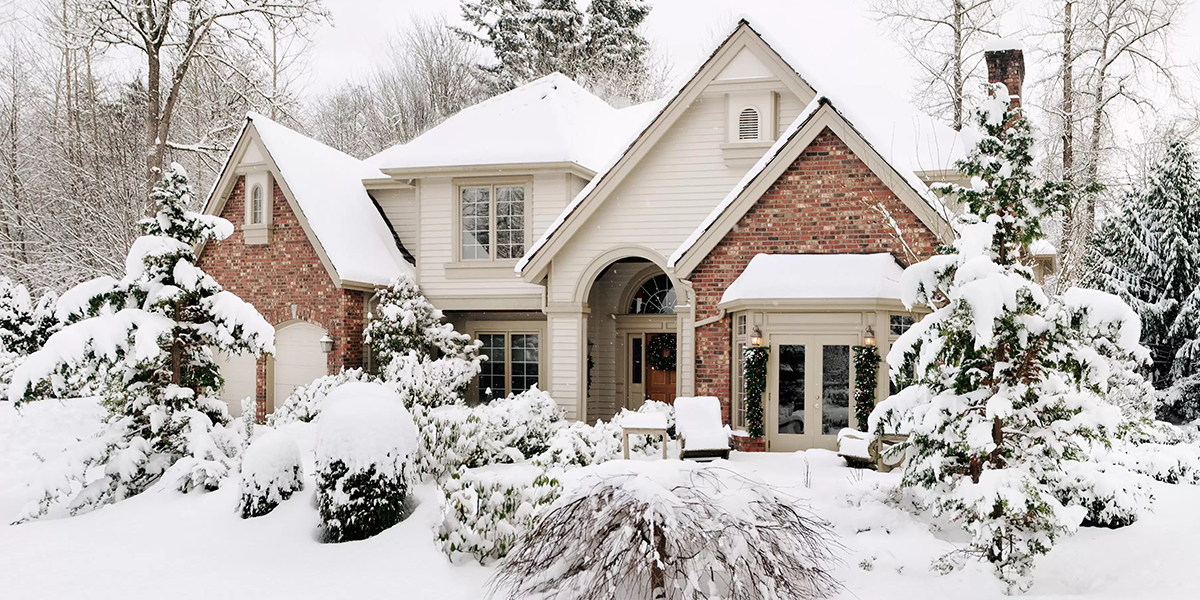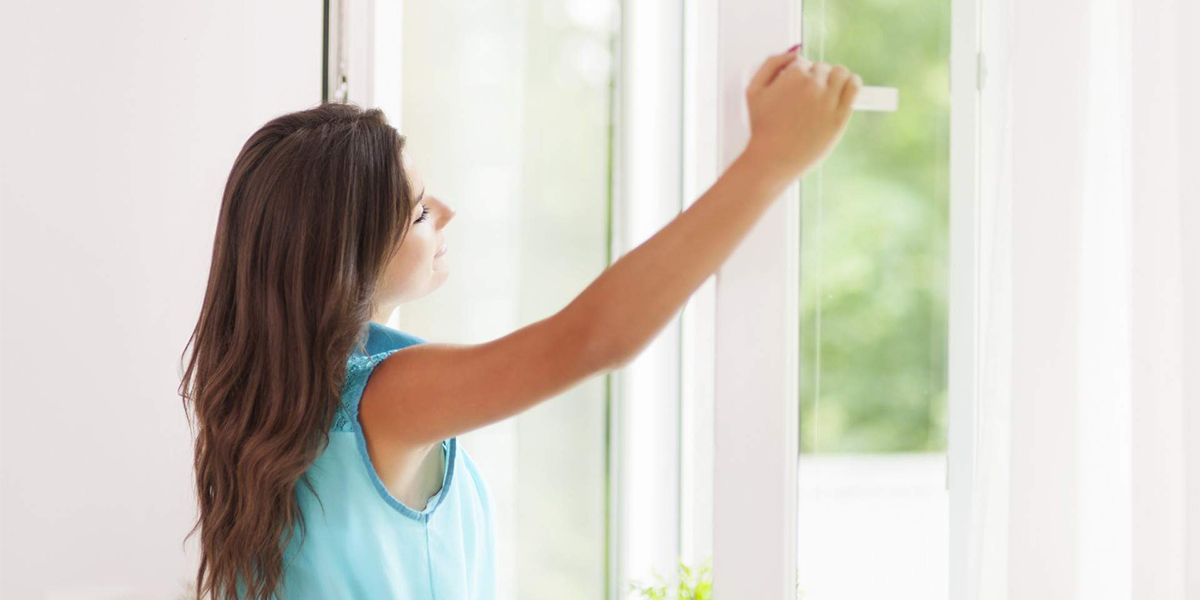There are several factors to consider when determining which is the best air purifier for your large room.
Coverage
First, make sure the air purifier is intended for use in a large room. Most air purifiers note the square footage they cover on their box or website. Read our piece on air purifier coverage for more information.
Size
Where do you plan to place your air purifier? On the floor in a corner? On the counter? Check that the dimensions (including the weight) of the air filter meet the requirements of your space.
Noise level
Depending on where you want to use your air purifier, its noise level is important. Sound is measured in decibels (dB). We consider air purifiers below 50 dB quiet.

Filtration type
We think the best air purifiers use three types of filtration. True HEPA filters remove the most allergens and impurities from the air. “Pre-filters” catch large particles. And a carbon filter removes smoke, odors, and gasses.
CADR
CADR stands for clean air delivery rate. It signifies how quickly an air purifier can remove contaminants from the air. The higher the CADR, the faster the system.
Some air purifiers have additional features that may impact your purchasing decision. These may include:
Traditional remote control
WiFi remote control via app
Variable fan speeds
Wheels for easy moving
Air quality indicator
ENERGY STAR certification
How HEPA filters work?
HEPA stands for “high-efficiency particulate air.” The filter technology is the result of an industrial need that became critical in the Atomic Age: high volumes of very clean air, vital for the production of microprocessors and other sensitive instruments. Happily, HEPA filtration is also fundamentally simple and cheap, which means it’s available to everyone today.
How to pick the right air purifier for your space?
When it comes to purifying the air in your room, an air purifier needs to do two things. It needs a means of removing harmful particles and gases — typically done by a set of filters — as well as the ability to circulate most of the air in the room through those filters multiple times per hour using a fan. You’ll want to choose a device that does both of those jobs well.
The EPA recommends that all the air in your room be processed through your air purifier five times per hour (you’ll see this listed in the specs as air changes per hour). To help you determine if a given air purifier will work for your room, most manufacturers list a maximum or recommended room size, and some will even mention how many air exchanges for the space per hour.
That’s a good guideline, but we recommend you also look for Clean Air Delivery Rate (CADR) ratings for smoke, dust and pollen. CADR ratings are better because they’re independent of room size. The CADR number tells you how quickly the air purifier removes 100% of a given pollutant — like smoke, dust or pollen — from a cubic foot of air per minute. The higher the rating, the larger the space an air purifier can clean or the more times per hour it can change the air.
We hope this guide has helped you understand more about air purifiers and given you the information you need to choose the best one for your needs. Remember, it’s important to consider the size of the unit, the type of filter, and your specific needs when making your purchase. If you have any questions or want help finding an air purifier that’s perfect for you, don’t hesitate to reach out to us. We love helping our customers find solutions to their indoor air quality problems! Have you decided on an air purifier yet?









Shop For Dehumidifier